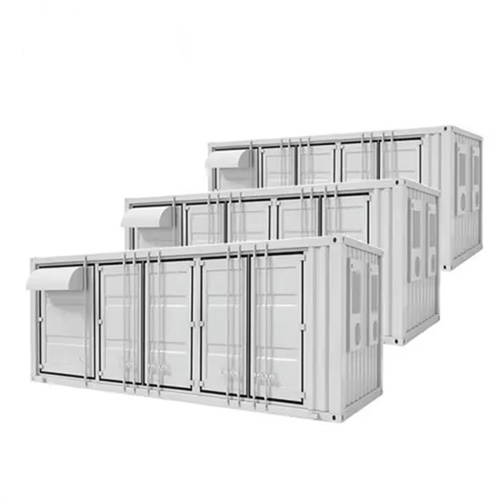About Generator cooling air test
As the photovoltaic (PV) industry continues to evolve, advancements in Generator cooling air test have become critical to optimizing the utilization of renewable energy sources. From innovative battery technologies to intelligent energy management systems, these solutions are transforming the way we store and distribute solar-generated electricity.
When you're looking for the latest and most efficient Generator cooling air test for your PV project, our website offers a comprehensive selection of cutting-edge products designed to meet your specific requirements. Whether you're a renewable energy developer, utility company, or commercial enterprise looking to reduce your carbon footprint, we have the solutions to help you harness the full potential of solar energy.
By interacting with our online customer service, you'll gain a deep understanding of the various Generator cooling air test featured in our extensive catalog, such as high-efficiency storage batteries and intelligent energy management systems, and how they work together to provide a stable and reliable power supply for your PV projects.
6 FAQs about [Generator cooling air test]
Which cooling system is best for a generator set?
The skid–mounted radiator cooling system is often considered to be the most reliable and lowest cost cooling system for generator sets, because it requires the least amount of auxiliary equipment, piping, control wiring, and coolant, and minimizes work to be done at the jobsite on the generator set cooling system.
What kind of coolant does a generator use?
Some operate using oil while others use coolants. Hydrogen is another cooling element. A liquid-cooled system features a water pump that moves the coolant around the engine using a number of hoses. The heat from the generator transfers naturally to the coolant, cooling the unit. This type of system is best for larger generators in particular.
What are the different types of generator cooling systems?
Each generator set manufacturer offers different options for design of the cooling system. The two most common styles of cooling systems are closed loop and open loop systems. Closed loop systems incorporate cooling pump (s), cooling fan and radiator (s) located on a skid as an all in one unit.
What is an air cooled generator?
As it does, the air is cooled which, in turn, keeps the generator cool. Air cooled systems have some limits including the risk of overheating. However, air cooled systems are mostly restricted to small standby and portable generators that produce up to 22 kilowatts of power per unit.
Do generators have air-cooled or liquid-cooling systems?
Generators come with either air-cooling or liquid-cooling systems, each with distinct advantages and considerations. Air-cooled generators use fans to maintain optimal operating temperatures, making them simpler and often more affordable. However, they tend to be noisier and require more frequent maintenance.
How does a generator cooling system work?
An ethylene glycol based coolant is circulated through the cooling system components. Three common cooling system configurations are: Single Pump Single Loop (SPSL) – SPSL systems are common in smaller to mid-size generator applications. Operation for this system as follows: • Engine starts, direct drive pump is driven and fan clutch is rotating.
Related Contents
- Steam turbine generator rotor cooling air area
- Function of the air inlet shutters in the generator room
- How to calculate the air intake and exhaust of the generator
- Generator air valve
- How to switch between generator and mains power with air valve
- 600kw generator air intake area
- Installation of air inlet shutters in generator room
- 300kw generator room air intake and exhaust requirements
- Air conditioner drives solar generator
- Generator electric air inlet window
- Fire dampers should be added to the generator air inlet shaft
- Generator exhaust and air inlet direction


